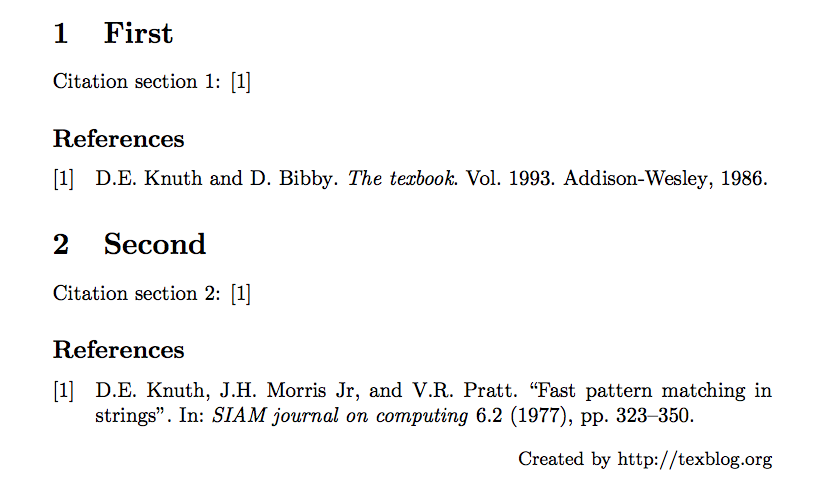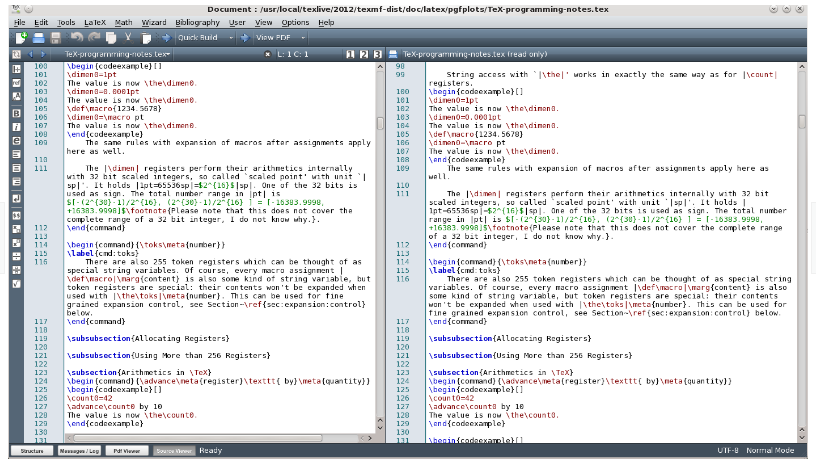


'bibtex: command not found' tells me that bibtex is not in your path (i.e a list of directories that it searches for commands). Thanks for the note about BookEnds, it might be worth looking into if I need to use Word again for some purpose!īrett Holman Post author 7 September 2008 at 5:57 pmġ. This is a sentence about a primary source.footcitepri. You then use these instead of the standard citation commands: The newcites command takes the existing citation commands (eg cite) and redefines them so that there is an equivalent for each of your bibliographies (in this case, citepri and citesec). For example, to make separate bibliographies for primary and for secondary sources, you might do the following: It works like this: in the preamble, after calling the package, 2 specify the name of each bibliography you need, along with a unique (and preferably, short) identifying key. There are several options listed there, but the only one I tried was the multibib package, and it works just fine for me.

1 So, last night while procrastinating, I went looking for the answer and found it.
#LATEX MULTIPLE BIB FILES HOW TO#
It wasn't obvious to me how to do this in standard LaTeX/BibTeX, which just puts all of your references into a single bibliography. In theses (and monographs), historians generally separate their bibliographies into different sections for the different types of sources - for example, "Primary sources" and "Secondary sources". I seem to get a few Google hits from other people interested in using LaTeX in the humanities, so I will occasionally post useful things I've gleaned, even though it will be of no interest to most readers. A few months back, I posted about my decision to use LaTeX for writing my thesis, in preference to Word or something of that ilk.


 0 kommentar(er)
0 kommentar(er)
